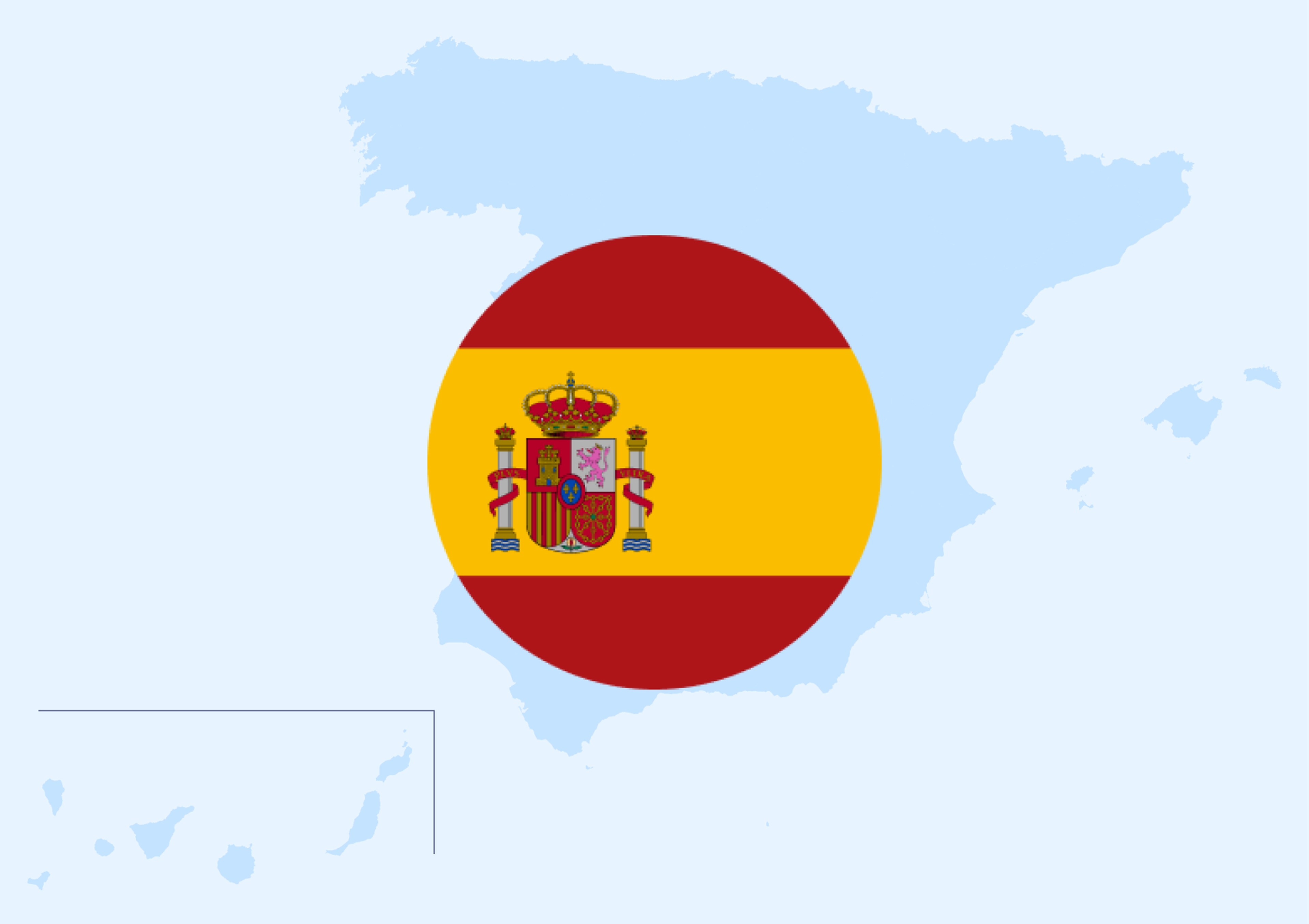At ten, we discover the world and learn from our surroundings. At twenty, we test boundaries and challenge established rules. At thirty, we reach our prime, physically and intellectually and it just so happens that procurement has been maturing for the past three decades.
What is the procurement function?
Cost killing already feels like a distant memory in procurement. The scope covered by this young function has evolved significantly since its beginnings. Still, we might say that procurement’s core mission is to "create value (not just financial!) through the acquisition of goods and services essential to the company's operations." The weight of procurement in a company's turnover ranges from 30% (in the services sector) to over 80% (in manufacturing).
Procurement in the 1980s/90s: cost killing
Procurement began its journey toward professionalization in the 1980s and 90s through direct (or production) procurement, which was the first to be structured. The role of the buyer went through a major transformation in terms of organization and resources. Procurement shifted from an administrative role (supply management) to a more strategic one focused on optimizing a whole segment of the supply chain. It first made its way through the industrial sector, explaining its strong foothold in France.
Cost killing in the automotive industry often became a cliché associated with procurement. Of course, the idea of generating savings was foundational to the function’s emergence, but the classic "cost – quality – time" triangle was always the guiding principle for industrial buyers of the time, who were focused on profitability.
The ongoing rise of procurement
In the 2000s, direct procurement expanded across all industries. Procurement organizations and practices became more structured, standardized, and sophisticated sometimes excessively so, as shown by the purchasing centers in retail and the widespread use of retro-commissions. At the same time, due to the increasing relevance of procurement, academia began to formalize and theorize the function. Higher education institutions developed both initial and continuing education programs, introducing concepts like TCO, tier A/B/C, and Kraljic matrices.
The 2010s: a turning point for the procurement function
The 2010s brought a world of highly interconnected flows the peak of globalization. Once procurement was professionalized and theorized, it took part in redefining the company’s position in its upstream environment, becoming central to corporate strategy. New dimensions enriched the function, such as sustainable procurement (managing brand risk linked to the supply chain, ESG assessment of supplier panels) and innovation sourcing (co-development, open innovation). The phrase "Value-in, Cost-out" finally replaced the old "cost killing" mindset.
This decade also saw the rise of indirect procurement (or non-production purchases) and, consequently, the coverage of all procurement categories within the company IT, energy, travel, real estate, etc.
What was once considered "indirect procurement" for industry or retail often corresponds to strategic procurement in the service sector, where maturity has grown steadily for more than ten years.
The pressure on results, the diversity of spend types, and digital transformation are pushing companies of all sizes toward a new model of operational excellence where procurement and operational teams work together in a shared mindset of optimization, innovation, and value creation.
What does the future hold for procurement?
As 2020 approached, the interdependencies between clients and suppliers became so tight that corporate boundaries turned increasingly blurred and permeable. This is clearly the era of the extended enterprise, in all its forms access to innovation, more fluid work formats, shared data, and more.
Suppliers, who now also act as R&D hubs, play a key role in allocating their innovations (even their stock) to one client over another and thus in shaping the resulting competitive advantage. There’s a growing number of polymorphic partnerships between clients and suppliers aiming to secure and retain innovation (joint ventures, co-owned patents, shared IP rights).
The liberalization of work formats also requires procurement to rethink how supplier panels are structured especially in indirect procurement, where the impact is even stronger. The boom in freelancing and the increasing specialization of professional services providers (consulting, engineering, IT) has led to new supplier formats: marketplaces.
Lastly, data governance in the context of the extended enterprise will be one of the decade’s major challenges across all functions. Procurement will play a pivotal role in securing the value chain and deciding whether or not to select certain state-backed suppliers (GAFAM / BATX).
In conclusion, procurement has evolved . It will continue to change constantly, as it ifrom a support function to a strategic business functions directly shaped by shifting dynamics in buyer-supplier relationships and upstream market transformations.


